Making mousse can be a delightful culinary adventure, but there are common pitfalls that even seasoned chefs might encounter. Whether you’re a novice or an expert, understanding these 11 mistakes can elevate your mousse game to new heights. From ingredient mishaps to technique blunders, this guide will help you achieve that perfect, airy texture and rich flavor. Say goodbye to soupy or grainy results and hello to mousse perfection! Without further ado, let’s explore these common errors and how to avoid them in your culinary journey.
Using the Wrong Chocolate
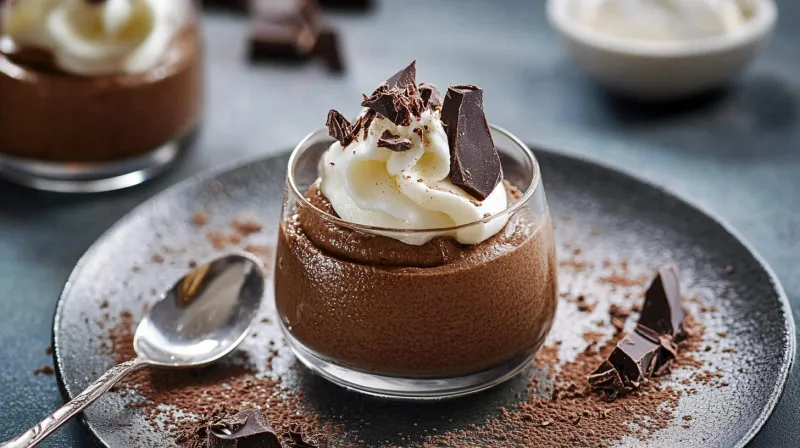
Selecting the right chocolate is crucial for a successful mousse. Dark chocolate, with its rich flavor, often works best. Milk or white chocolate might lack the depth needed, affecting the overall taste. Quality matters, so choose a reputable brand.
Melt the chocolate gently, avoiding direct heat to prevent burning. Use a double boiler for control. Let it cool slightly before mixing with other ingredients to maintain texture.
A common mistake is rushing this step, leading to grainy mousse. Taking the time to get this right makes a noticeable difference in your dessert’s flavor profile.
Overbeating the Cream
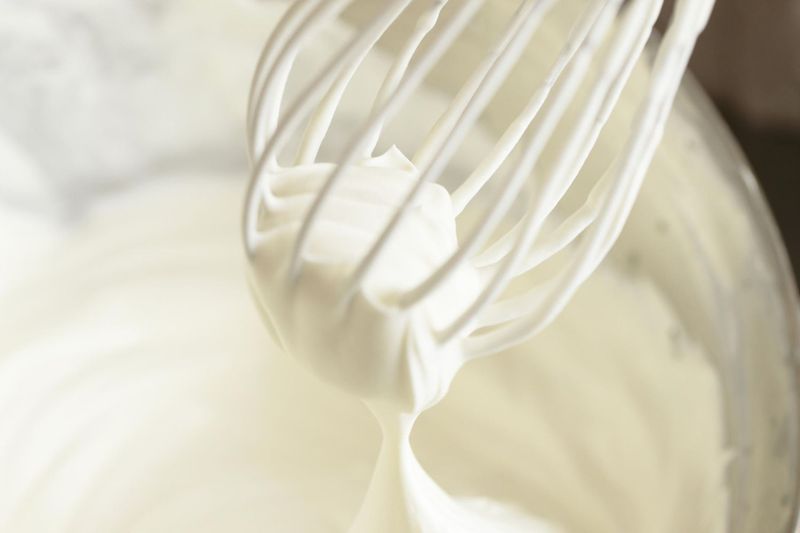
Whipping cream to the right consistency is an art. Overbeating can quickly turn your light mousse into a dense or buttery mess. Aim for soft peaks that hold their shape but still have a smooth texture.
Use a chilled bowl and be patient. Monitor the cream closely as it transforms from liquid to luscious peaks. Stop as soon as it reaches the desired consistency.
The temptation to whip just a little more can be strong, but restraint is key. This subtle control ensures your mousse remains airy and delightful, preserving its delicate balance.
Ignoring Temperature Control
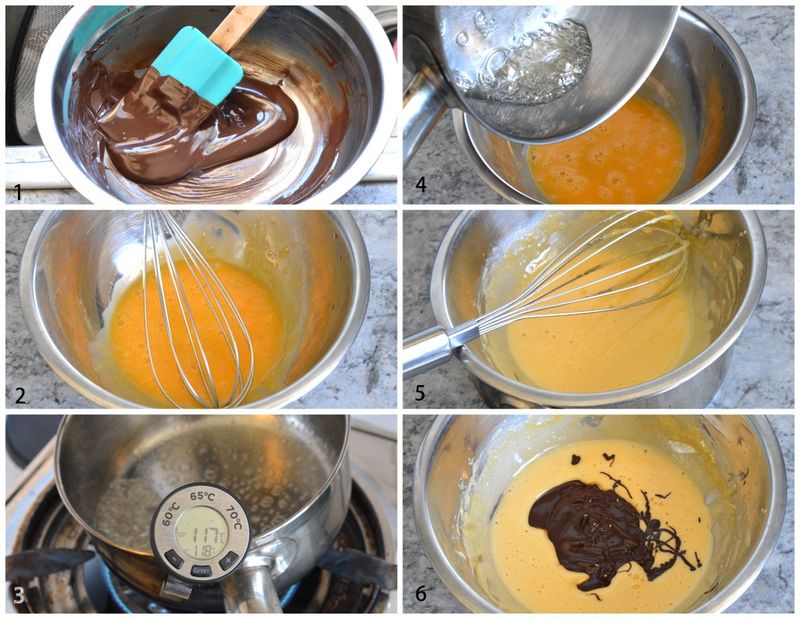
Temperature plays a vital role in making mousse. Mixing ingredients at the wrong temperature can lead to separation or poor texture. Ingredients like chocolate and gelatin should be slightly warm, while cream must be cold.
Aligning these temperatures requires attention and practice. It’s not uncommon to see a mousse fail simply because the temperature wasn’t right.
Paying close attention to this aspect might seem trivial, but it’s a defining factor in achieving that perfect consistency. Embrace this step, and watch your mousse transform into a masterpiece with the right guidance.
Skipping the Folding Technique
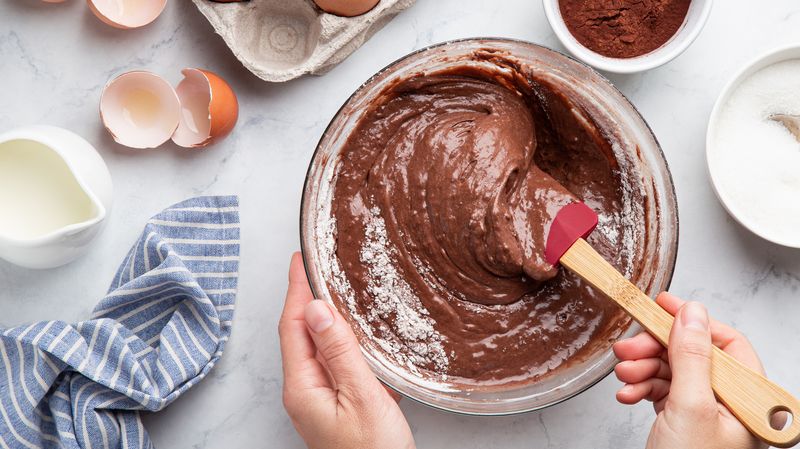
The folding technique is essential for incorporating air without deflating the mousse. A gentle folding motion, rather than stirring, helps maintain the airy texture that defines a good mousse.
Use a spatula to lift the mixture from the bottom and fold it over, consistently rotating the bowl. This ensures even distribution without losing volume.
Rushing this step by mixing too vigorously is a common error. Patience here results in a mousse that’s light, fluffy, and full of life. Mastering the fold can redefine your mousse-making experience.
Underestimating Gelatin’s Role
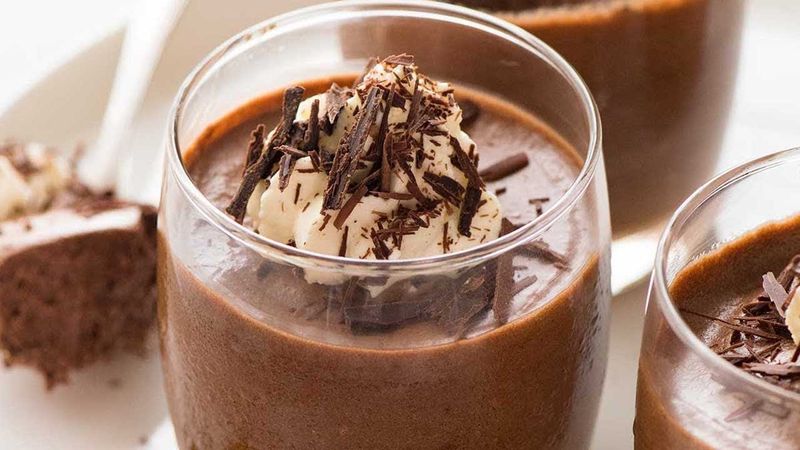
Gelatin is often misunderstood in mousse recipes. It adds stability without altering the flavor when used correctly. Bloom the gelatin in cold water first, ensuring it dissolves completely for even distribution.
Too much gelatin can make the mousse rubbery, while too little leads to a lack of structure. Finding the right balance is key.
Ignoring this element might leave you with a runny mousse that fails to set. Understanding how gelatin interacts with your ingredients is essential for achieving a texture that’s both smooth and resilient.
Forgetting to Strain Ingredients

Straining ingredients may seem unnecessary, but it removes lumps and ensures a smooth mousse. Whether it’s chocolate or the custard base, passing it through a sieve eliminates unwanted textures.
This step is especially critical if using fresh fruits or zest, as it prevents any seeds or fibers from interfering with the final product.
Skipping this process can result in a mousse that’s not as silky as desired. By taking the time to strain, you elevate the quality of the dessert, transforming it into a luxurious experience.
Rushing the Setting Process

Allowing the mousse to set properly is an exercise in patience that rewards the diligent. Refrigeration is essential, and rushing this step can lead to a mousse that hasn’t achieved its ideal texture.
Plan ahead, giving your mousse ample time to chill and develop its flavors. Overnight is often best, but a few hours may suffice.
Impatience can undermine your hard work, resulting in a dessert that feels unfinished. Respect the process, and you’ll be rewarded with a mousse that’s firm yet meltingly smooth at first bite.
Using Low-Quality Ingredients
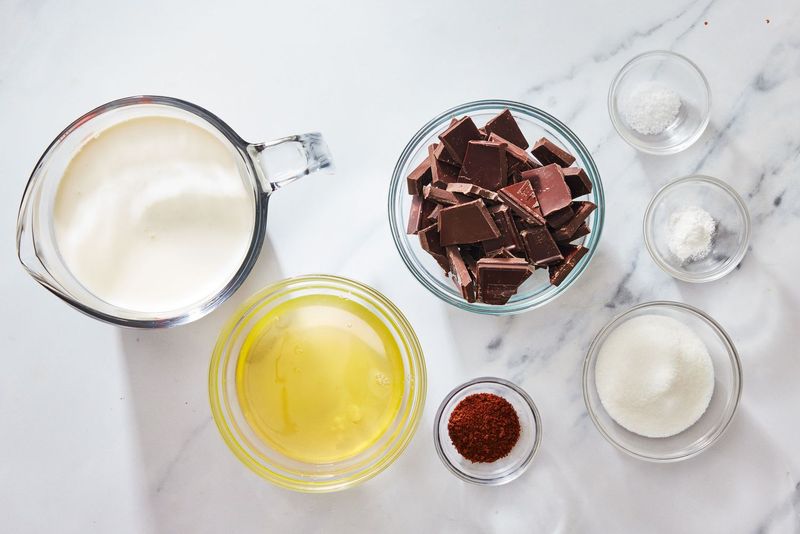
The quality of ingredients directly affects the mousse’s taste and texture. High-quality chocolate, cream, and flavorings contribute to a superior result. Compromising here can lead to a dessert that lacks depth and richness.
Invest in premium products, recognizing that they make a tangible difference in the final outcome. Whether it’s organic cream or top-tier chocolate, quality should never be overlooked.
This mindful selection process sets the stage for a mousse that stands out, with every ingredient playing its part in a symphony of flavors.
Neglecting Flavor Balance
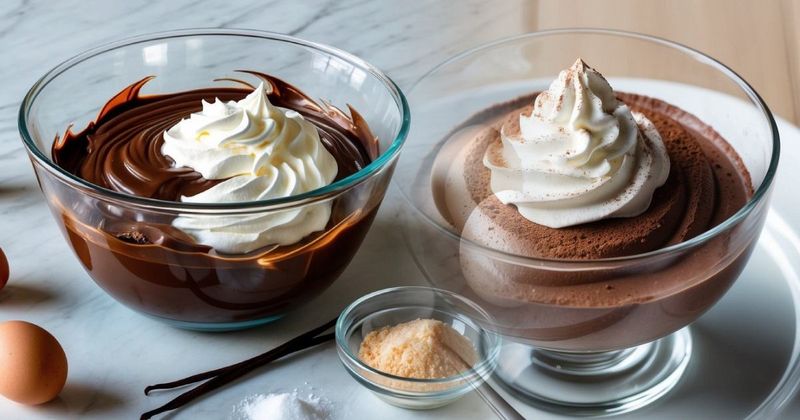
Achieving the right flavor balance is crucial in mousse-making. Too much sweetness can overpower the palate, while insufficient flavor leaves the mousse bland. Balancing bitter, sweet, and sometimes tangy notes creates a rounded profile.
Incorporate subtle flavors like vanilla or coffee to enhance the base without overshadowing it. Experimentation can lead to delightful discoveries but requires care.
Neglecting this balance results in a one-dimensional dessert. Thoughtful flavor pairing, on the other hand, elevates the mousse to a gourmet experience that delights with every spoonful.
Not Paying Attention to Texture

Texture is what sets mousse apart from other desserts. It should be creamy, light, and melt in the mouth. Overmixing or under-whipping can ruin this delicate balance, leading to a heavy or uneven consistency.
Paying attention to every step, from whipping the cream to folding, ensures the desired texture. Each action contributes to the final result.
Overlooking this aspect might leave you with a mousse that doesn’t satisfy the senses. By focusing on texture, you create a dessert that’s both inviting and exquisite, pleasing to both the eye and the palate.
Ignoring Presentation
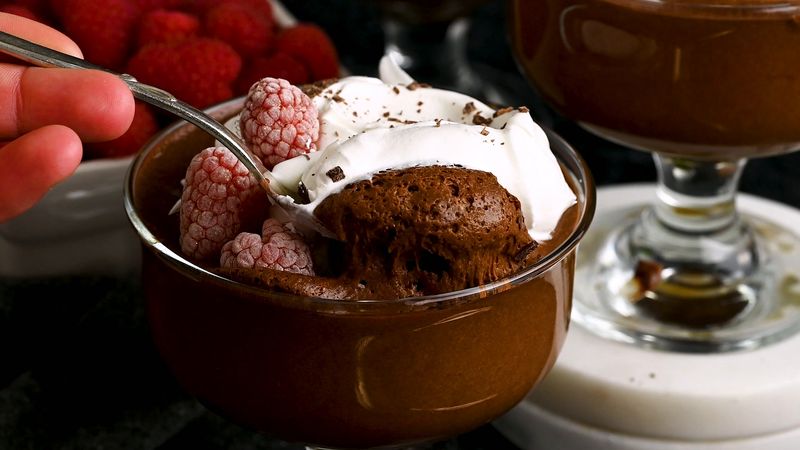
Presentation adds the final touch to your mousse. A well-decorated dessert appeals to the eyes and enhances the dining experience. Consider using elegant glassware or garnishing with fresh fruits or edible flowers.
Ignoring this aspect can make even the best-tasting mousse seem lackluster. The visual appeal invites the diner to indulge with anticipation.
Taking the time to present your mousse beautifully transforms it into a work of art, elevating the entire culinary experience. Your creation deserves to be showcased with flair and finesse, reflecting the effort invested in making it.
Leave a comment